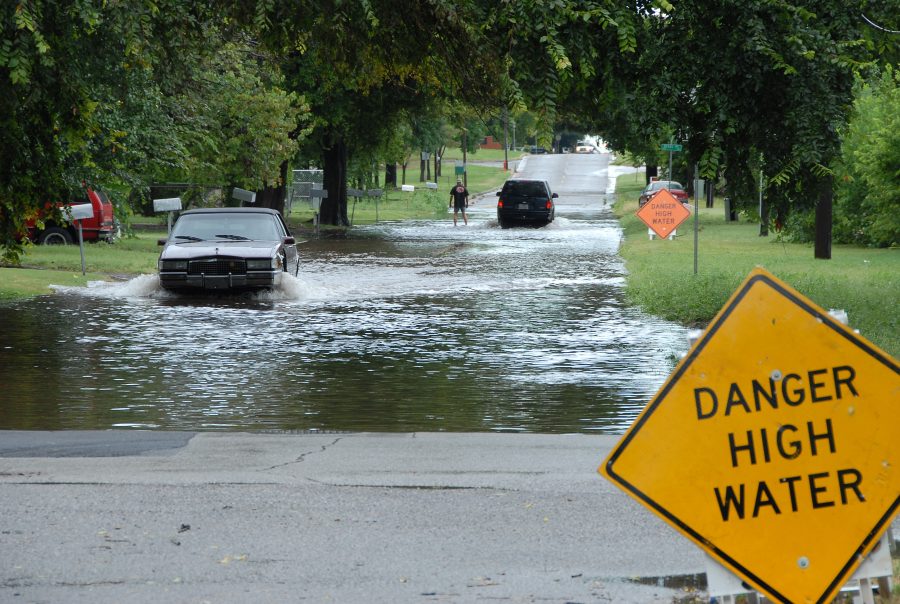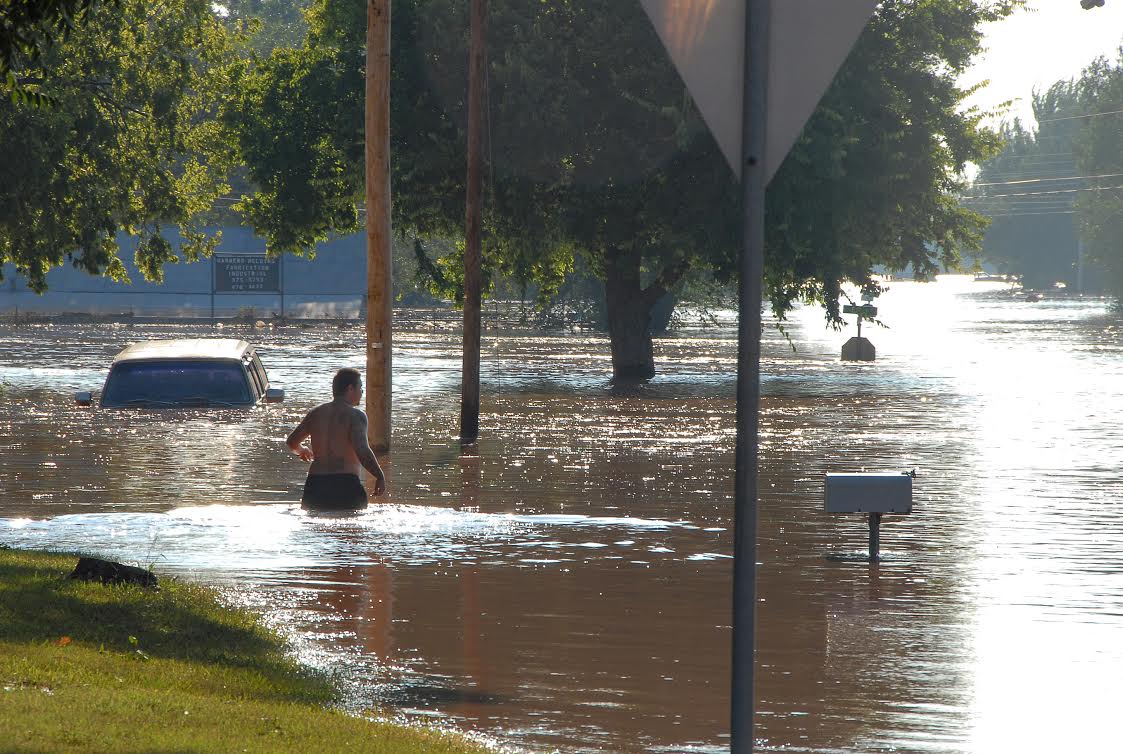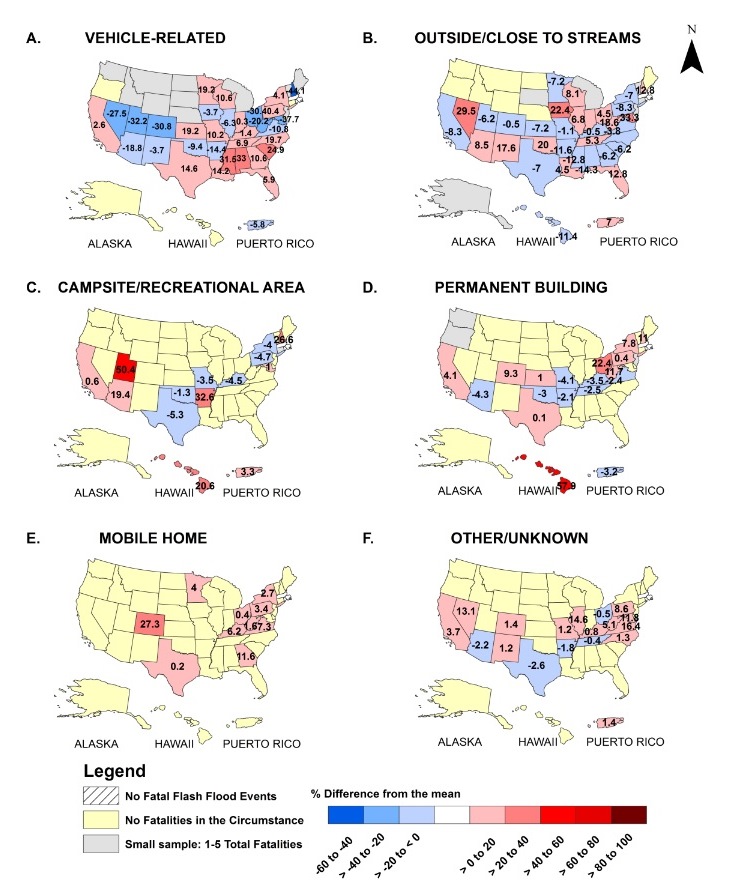New climate modeling research shows heavy rainfall events will cause more frequent and stronger flash floods by the end of the century, especially in the southwest and central United States. NOAA National Severe Storms Laboratory research hydrometeorologist Jonathan J. Gourley contributed to the study led by University of Oklahoma professor Yang Hong and published in Nature: Communications Earth and Environment.




